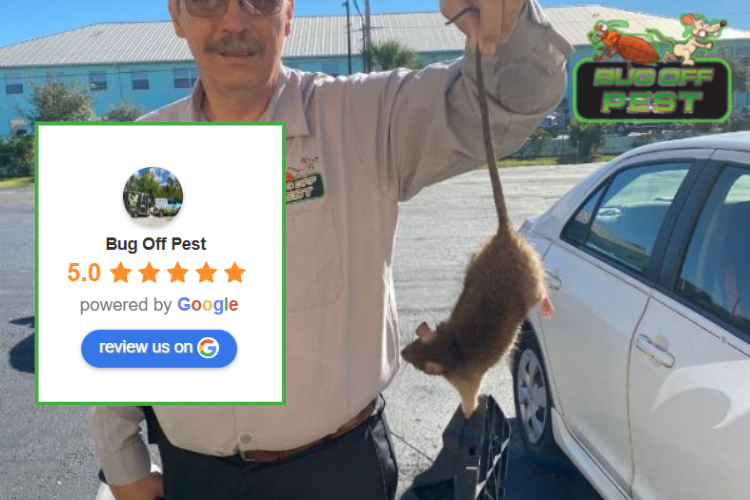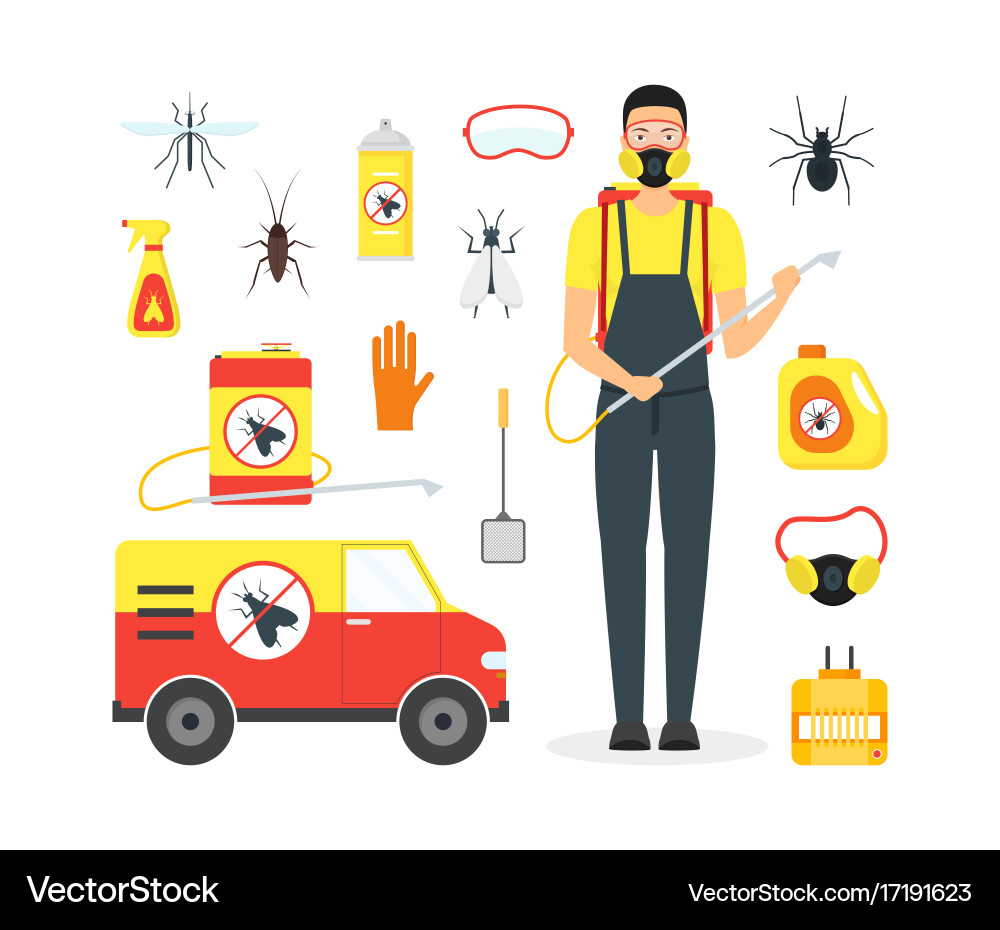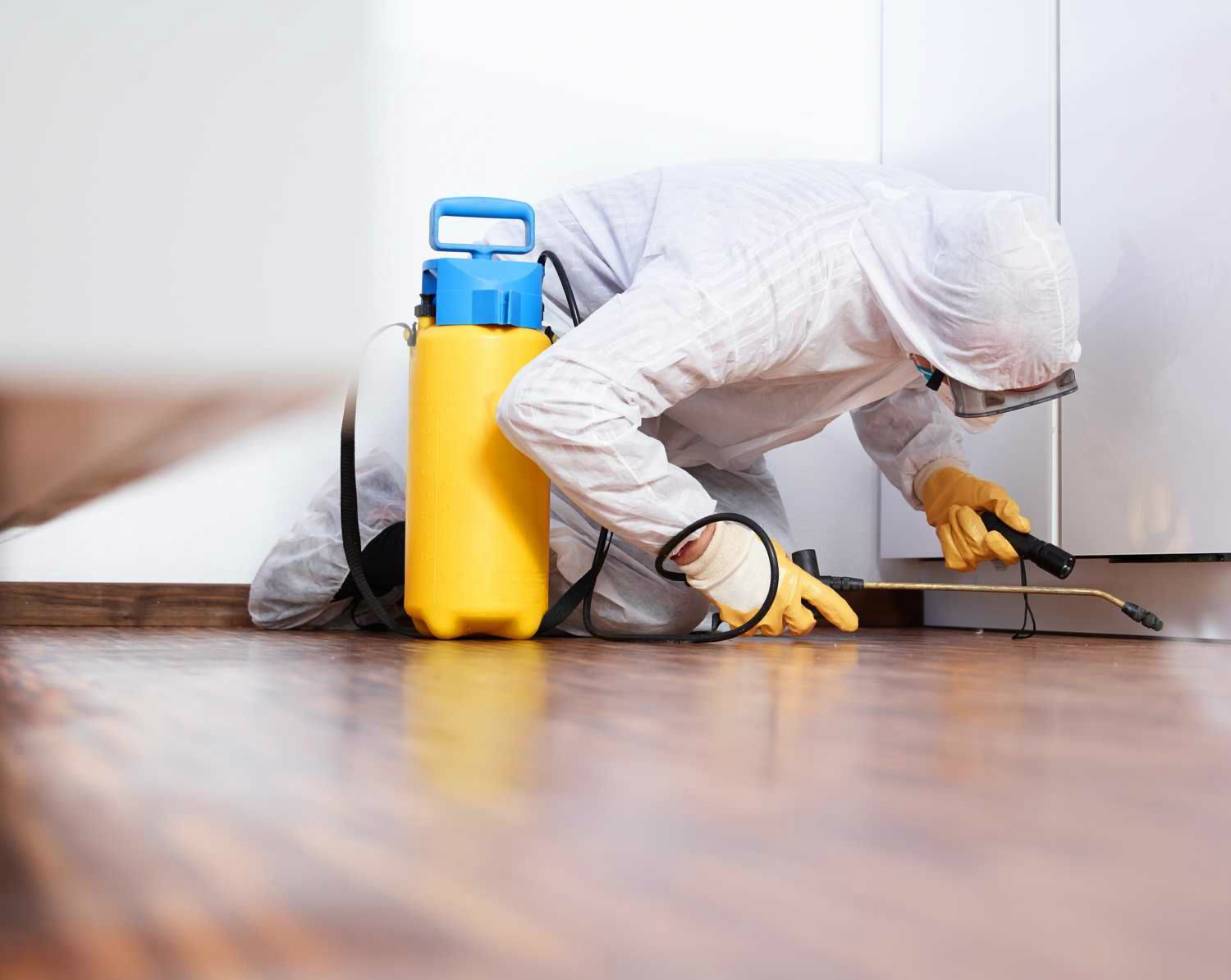Neighborhood Residential Pest Control Service in Port Charlotte
Neighborhood Residential Pest Control Service in Port Charlotte
Blog Article
Comprehensive Overview to Recognizing Insect Control Approaches and Their Therapy
Recognizing parasite control techniques is vital for efficient monitoring of unwanted organisms that present risks to health, farming, and residential or commercial property. This comprehensive guide will check out different techniques, including chemical solutions, organic strategies, and mechanical techniques, all under the umbrella of Integrated Parasite Monitoring (IPM) As we analyze these techniques, it ends up being increasingly clear that the choice of technique can significantly influence both human passions and environmental balance. What factors should be thought about when picking the ideal parasite control method for a certain scenario? The response may cause even more sustainable practices than one may initially presume.
Summary of Parasite Control Methods
Pest control methods incorporate a selection of strategies made to manage and eliminate undesirable organisms that can harm human wellness, farming, and home. Efficient parasite management is vital for keeping the stability of ecological communities and making sure the security of food products. These approaches can be generally classified right into three main methods: social, mechanical, and organic controls.

Cultural control entails customizing farming practices or environmental problems to decrease bug facility and recreation. Mechanical control depends on physical obstacles or devices to stop bug gain access to or straight eliminate them.
Biological control uses all-natural predators, bloodsuckers, or microorganisms to manage pest populations. This technique stresses eco-friendly equilibrium and can include presenting helpful pests, such as ladybugs or aggressive nematodes, to take care of parasite presence.
Integrated bug management (IPM) combines these strategies, making use of a holistic method that highlights avoidance, surveillance, and accountable monitoring. By employing a mix of these techniques, pest control can be extra sustainable and efficient, decreasing reliance on chemical treatments while safeguarding human health and wellness and the environment.

Chemical Pest Control Solutions
A variety of chemical insect control options are available, offering effective options for taking care of parasite populaces when various other methods may fail. These options largely include pesticides, herbicides, fungicides, and rodenticides, each designed to target particular bugs while decreasing damage to non-target microorganisms.
Insecticides are especially efficient versus a series of bugs, consisting of ants, roaches, and termites, and can be identified as get in touch with or systemic agents. Contact insecticides eliminate pests on call, while systemic insecticides are taken in by plants, making them harmful to bugs that eat them. Herbicides are utilized to manage undesirable plant life, whereas fungicides are essential for handling fungal conditions that can harm crops and decorative plants.
In addition, incorporated parasite monitoring (IPM) principles must be used, combining chemical solutions with cultural, mechanical, and biological techniques for sustainable parasite control. This alternative approach not just enhances pest administration performance but additionally lowers potential environmental impacts connected with chemical usage.
Organic Parasite Control Methods
Biological insect control techniques provide an eco-friendly alternative to chemical techniques by utilizing all-natural killers, parasites, or microorganisms to handle parasite populaces. This approach leverages the ecological relationships between microorganisms, promoting a balanced ecosystem while reducing chemical deposit in the setting.
Among the most common organic control techniques entails the introduction of all-natural opponents. Ladybugs are employed to manage aphid populations, while parasitic wasps can target caterpillars and various other bugs. These all-natural predators successfully decrease pest numbers without damaging advantageous bugs.
Additionally, microbial agents such as germs, fungi, and viruses are used to contaminate and eliminate specific parasites. Bacillus thuringiensis (Bt), a normally taking place germs, is commonly used to control caterpillars and other larvae, showcasing the effectiveness of microbial insect control.

Physical and Mechanical Methods
Frequently used in integrated pest administration methods, physical and mechanical approaches work as efficient devices for controlling parasite populations without the usage of chemicals. These techniques count on physical obstacles, traps, and other mechanical devices to stop or remove pests, making them eco-friendly alternatives.
Physical approaches include the use of obstacles such as insect netting, screens, or row covers that physically block pests from accessing plants. This is especially valuable in agricultural setups where crop security is essential. In addition, habitat manipulation, such as getting rid of debris and standing water, can reduce parasite breeding sites, consequently decreasing problems.
Mechanical techniques encompass catches, which can be made to best site catch certain bugs. Sticky traps and pheromone traps are common instances that entice and retain pests, assisting in monitoring and control. Vacuuming is an additional mechanical approach, efficient for eliminating bugs from indoor atmospheres, specifically in situations of invasions.
Preventative Parasite Management Approaches
Reliable preventative parasite management approaches are necessary for maintaining healthy and balanced environments and reducing pest-related issues before they develop (Pest Control in Port Charlotte, FL). These strategies concentrate on aggressive actions that lower the likelihood of bug invasions by attending to the origin causes

Another essential strategy involves proper landscaping techniques (Pest Control in Port Charlotte, FL). Maintaining plant life cut and far from buildings can minimize harborage locations like it for bugs. In a similar way, carrying out integrated bug administration (IPM) strategies that consist of keeping track of insect populaces and employing biological controls can promote a balanced ecological community that normally reduces pest numbers.
Education and learning and training for staff and citizens on acknowledging very early indications of insect activity are additionally key components of a reliable about his preventative program. By cultivating an atmosphere of awareness and vigilance, companies and house owners can greatly boost their insect management initiatives and protect their areas against future infestations.
Conclusion
In conclusion, effective insect control requires a complex strategy that incorporates chemical, organic, and mechanical methods. Utilizing an Integrated Insect Monitoring (IPM) structure enables the lasting monitoring of bugs while minimizing eco-friendly impact. Preventative methods further improve the effectiveness of these approaches, guaranteeing long-lasting security of wellness, farming, and property. Eventually, a thorough understanding of these varied insect control techniques is important for attaining effective outcomes in parasite monitoring initiatives.
Report this page